Edvard Grieg is one of Norway's most famous sons. If he were alive today, June 15, 2024, he would be celebrating his 181st birthday. To mark the anniversary of his birth, we present this fascinating figure.
This article is not a classic biographical note. If you want to read one, check out Wikipedia, for example. This text is an attempt to show the fascinating character of Edvard Grieg through interesting stories from his life.
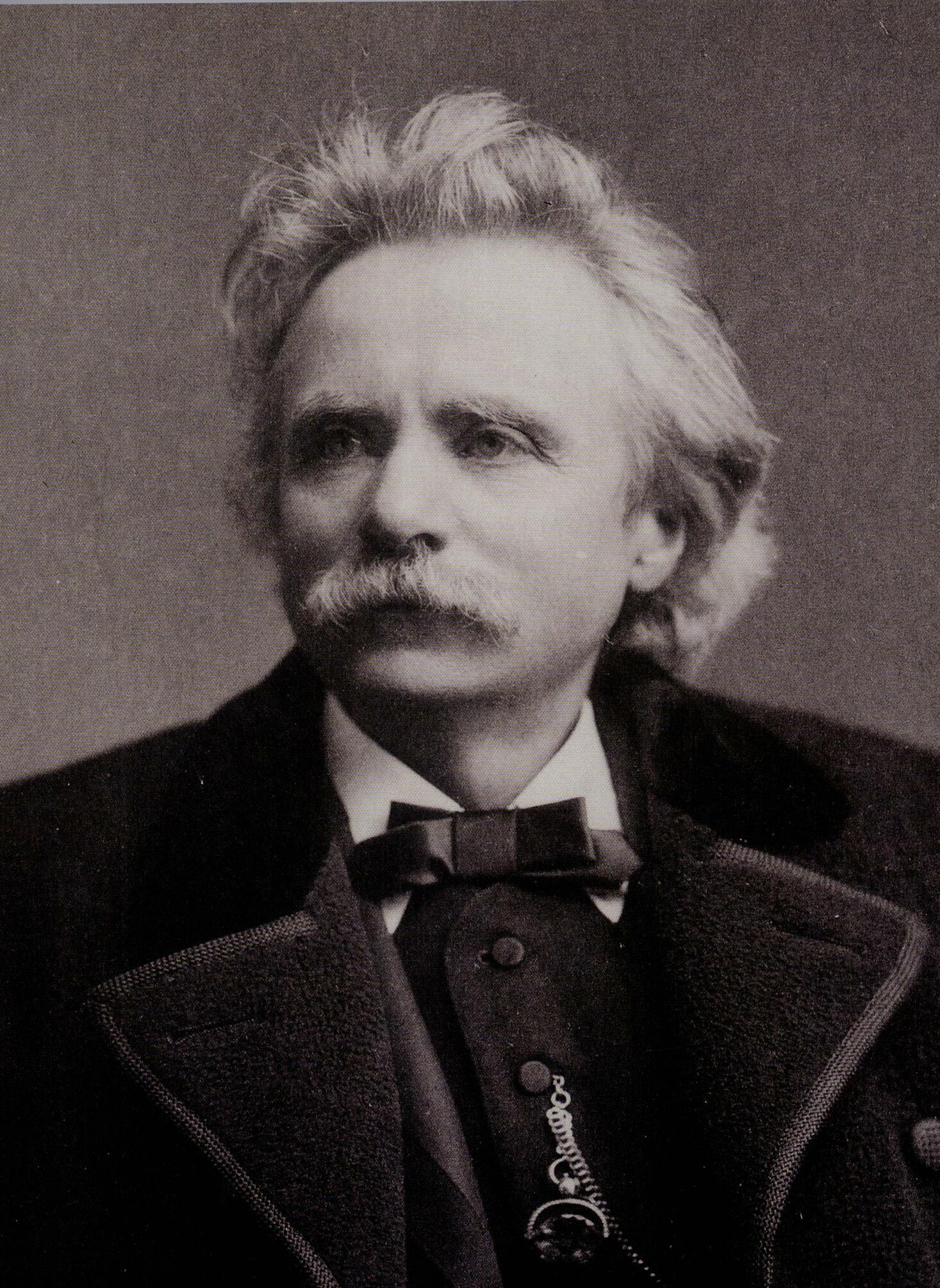
Portrait of Edvard Grieg from 1888
A Man with His Own Crater
And there is a lot to tell, because to say that Grieg was a talented composer and pianist is to say nothing. He was an outstanding composer, a leading representative of Romanticism in music, a man after whom a crater on Mercury, a concert hall, a hotel, a museum and choir in Bergen, and a music research program at several Norwegian universities are named. There are also several monuments to him in Bergen.
There is nothing strange in this adoration of Grieg in his hometown. Grieg achieved international fame, and his works, even those written to order, could outshine the achievements of the commissioner.
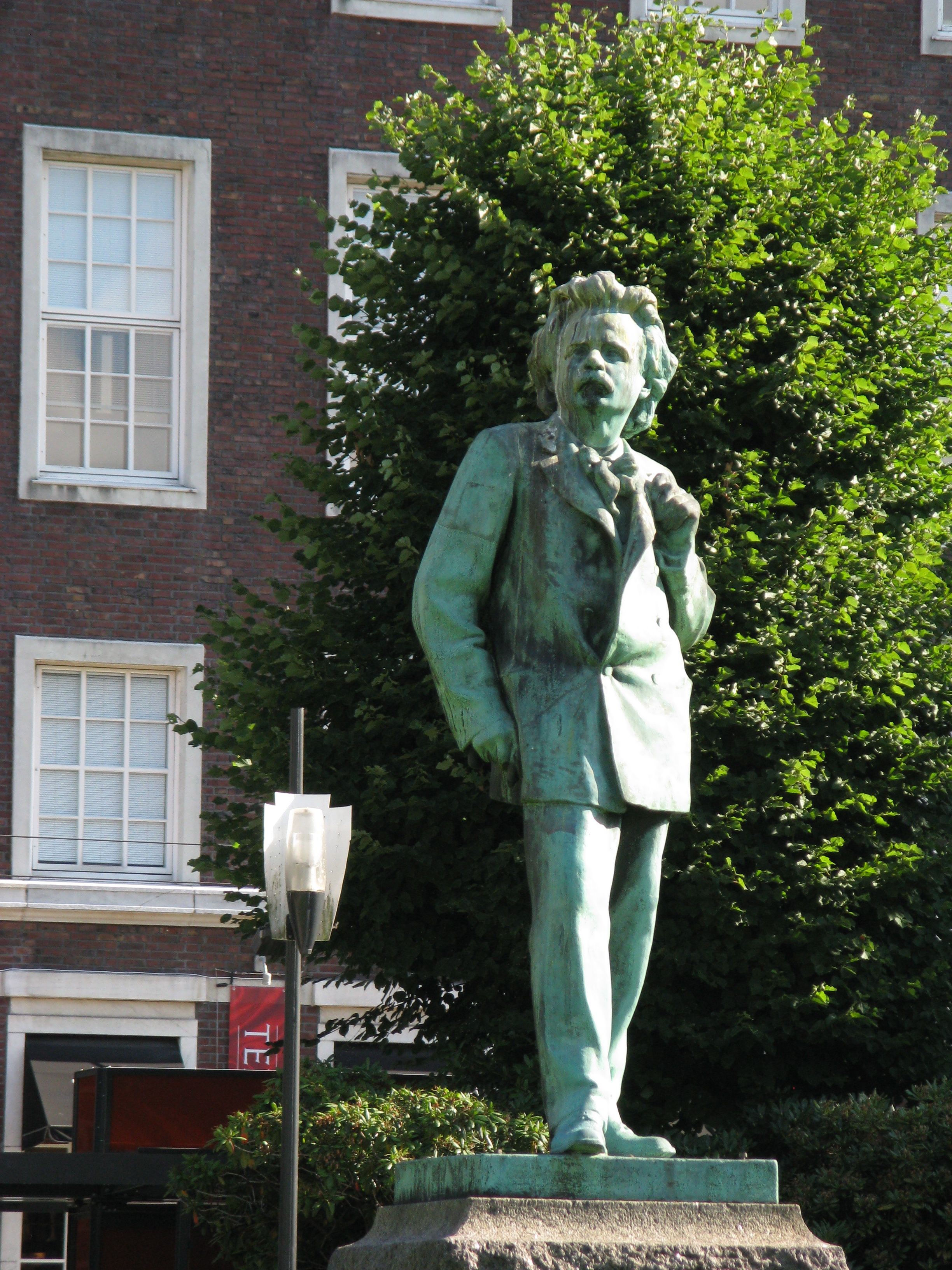 Edvard Grieg monument in Bergen
Edvard Grieg monument in Bergen
A Man Who Eclipsed Ibsen
Example? Here you go. The outstanding Norwegian playwright Henrik Ibsen commissioned him to write music for selected scenes from his play Peer Gynt. Grieg created 26 pieces, then chose the eight best and arranged them into two suites (a suite is a cycle of instrumental pieces). And he probably chose well, because his suites became more famous than the play itself.
You probably know one of the pieces from the 1st suite. It's "In the Hall of the Mountain King". The title may not tell you anything, but as soon as you hear the first notes, you will know what piece it is.
And it's best to listen to this piece knowing for what scene it was written. The main character of the play - the lazy and selfish Peer Gynt, who spurned Solveig's pure love, kidnapped Ingrid, who belonged to another, and was banished - sneaks into the cave of a mountain troll. Later he has to escape from it. The beginning of the piece, which imitates the cautious footsteps of a man, is played on the bassoon. As the chase begins, more instruments join in, playing faster and louder. The climax of the piece is rhythmic, even threatening. It illustrates Peer's escape, pursued by an army of trolls.
The piece later inspired many artists. The first example that comes to mind. A few months ago, the Norwegian film Troll was breaking records on Netflix. Yes, you guessed it - the film used this piece. In 1967, it was also recorded by The Who. It was included on the expanded version of the album The Who Sell Out. The band Electric Light Orchestra, in turn, included their interpretation of the piece at the end of the album On the Third Day, released in 1973. In 2000, the Finnish band Apocalyptica recorded the piece in an arrangement for four cellos. The work was also adapted by Trent Reznor and Atticus Ross of the band Nine Inch Nails for the soundtrack of the 2010 film The Social Network. The composers were awarded the Academy Award for Best Original Score for this in 2011.
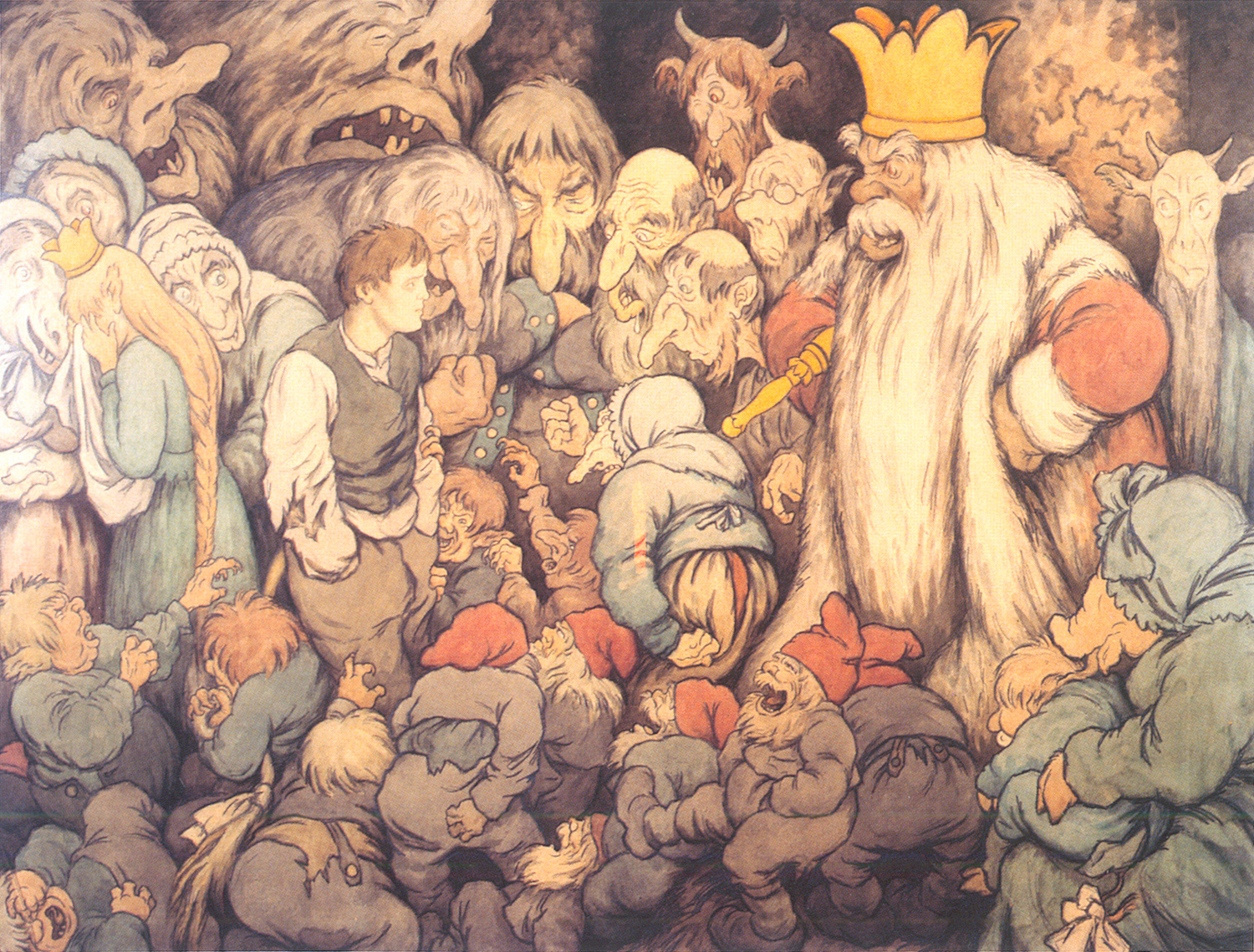 Theodor Kittelsen's watercolor "Peer Gynt in the Dovregubben Hall" (1913). Dovregubben is the powerful troll king in the play Peer Gynt
Theodor Kittelsen's watercolor "Peer Gynt in the Dovregubben Hall" (1913). Dovregubben is the powerful troll king in the play Peer Gynt
A Man Destined for Greatness
How did the son of a merchant and British vice-consul in Bergen and a music teacher become such a star of classical music? Well, it would be strange if he didn't.
First, he grew up in a fairly wealthy family.
Second, from the age of 5, Grieg's mother introduced him to the world of classical music, acquainting him with the works of Mozart, Weber, Chopin and teaching him to play the piano.
In 1858, when he was 15 years old, he met the famous Norwegian violinist Ole Bull. He was the one who recognized the young man's talent and encouraged Grieg to study at the conservatory in Leipzig. There Grieg studied primarily piano. He was not very fond of his school, because later he wrote the following words to his biographer Aimar Grønvold:
"I must admit, unlike Svendsen [also a famous Norwegian composer - author's note], that I left the Leipzig Conservatory as stupid as I entered it. Of course I learned something there, but my individuality was still a closed book to me"
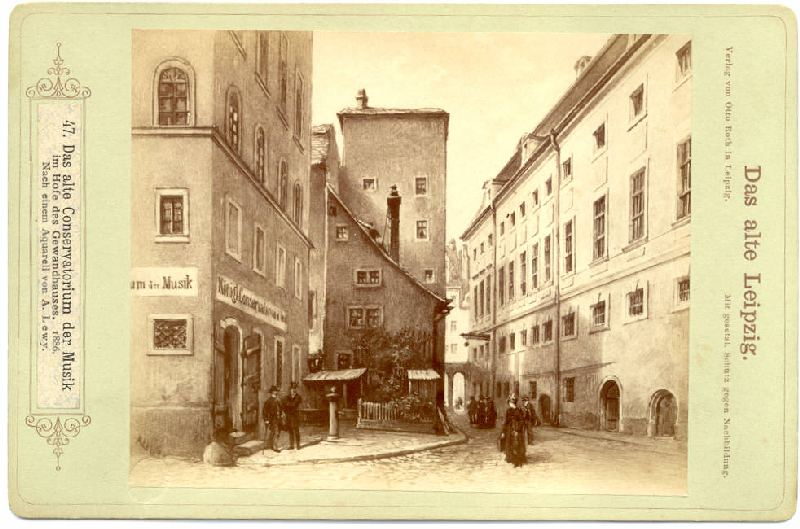
Leipzig Conservatory, where Edvard Grieg studied
A Man Who Knew Everyone
Ibsen and Ole Bull were not the only great figures Grieg met along the way. In the 1860s, our hero lived in Copenhagen. There he met another Norwegian composer - Rikard Nordraak, who became famous for composing the Norwegian national anthem "Ja, vi elsker dette landet" ("Yes, We Love This Country"). The two men became close friends. So much so that when Nordraak died of tuberculosis at the age of just 23, Grieg composed a funeral march in his honor.
Grieg also met Franz Liszt, Pyotr Tchaikovsky, and in 1897 even played a private concert for Queen Victoria of England at Windsor Castle.
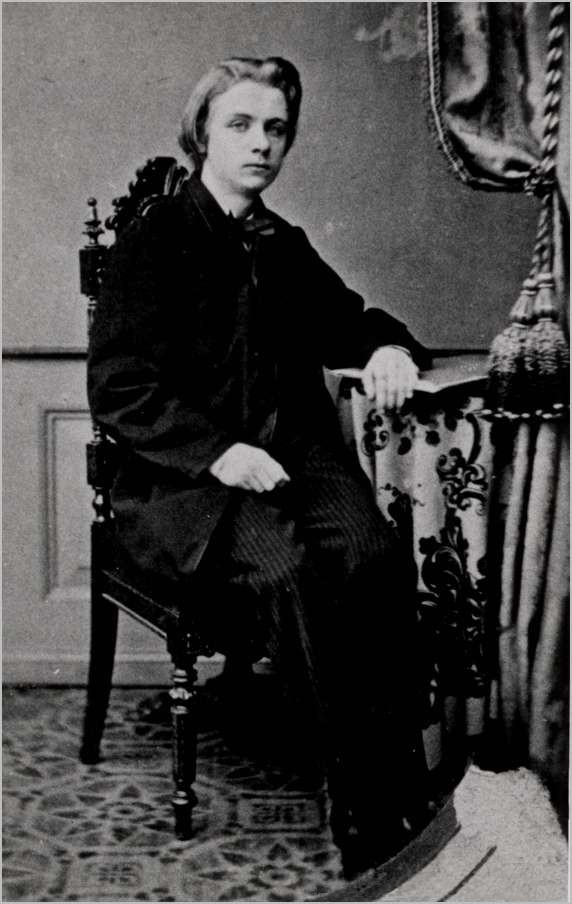
Portrait of Edvard Grieg from 1858
A Man Inspired by Folk Music
He can be called the creator of the Norwegian school of music. His works are often inspired by sagas, legends, Nordic ballads, folk poetry, and Scandinavian musical folklore. In turn, Grieg's work inspired many European musicians, such as Debussy and Ravel. Some argue that his music helped to build the national identity of the Norwegians. It should be noted here that during Grieg's lifetime, Norway was not a completely independent country (more about the history of Norwegian independence in our article).
A Man from Trollhaugen
For much of his life, Grieg was a sickly man. He had a destroyed left lung and a severe curvature of the thoracic spine. He suffered from numerous respiratory infections and eventually developed cardiopulmonary insufficiency. Grieg spent many periods in spas and sanatoriums both in Norway and abroad.
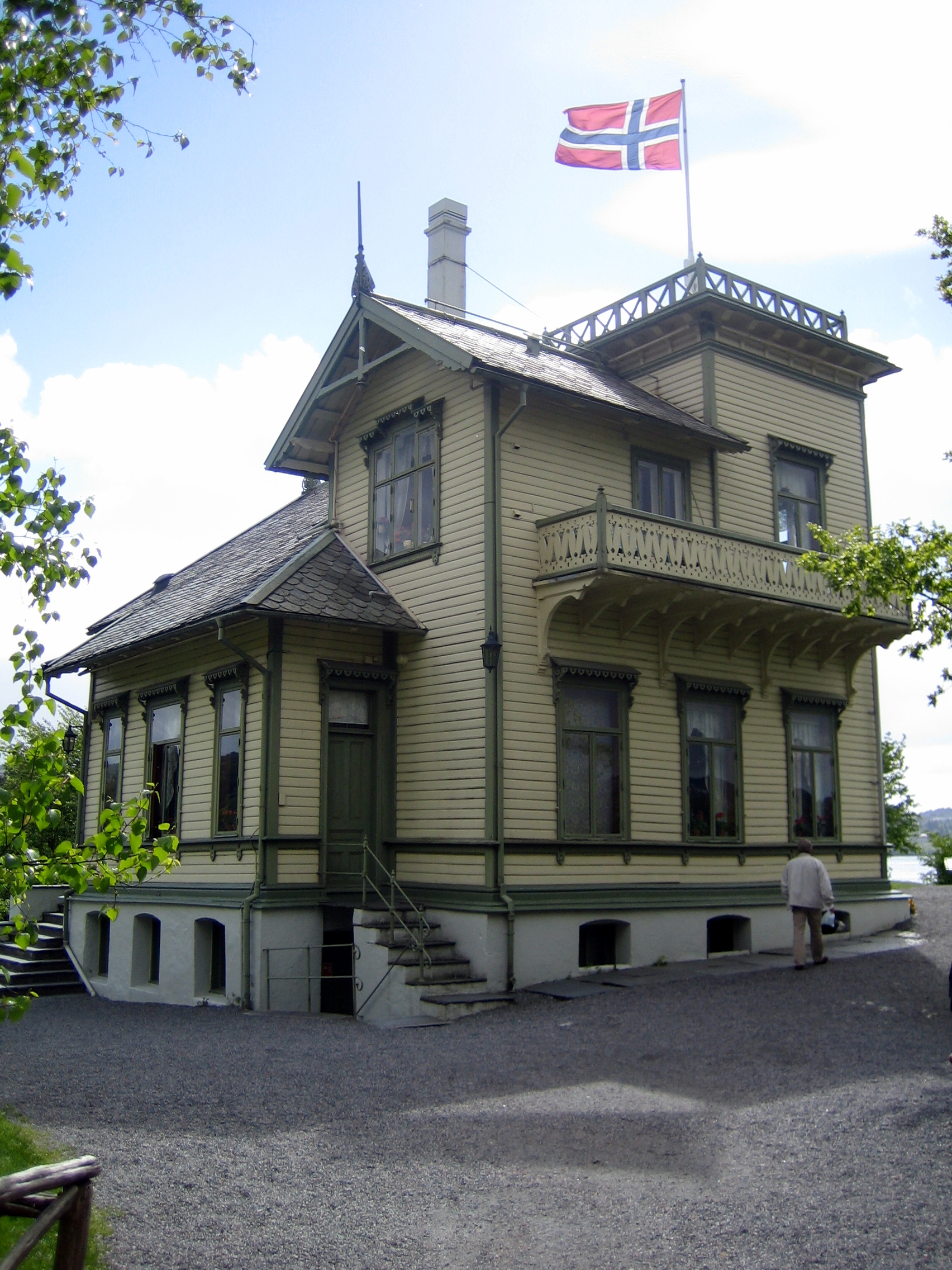 Dom i muzeum Edvarda Griega - Troldhaugen (fot. Andreas Sandberg)
Dom i muzeum Edvarda Griega - Troldhaugen (fot. Andreas Sandberg)
Despite his fame and concert tours all over the world, Edvard Grieg cherished the quiet Norwegian nature. In 1880 he returned to Bergen with his wife - the singer Nina Hagerup - and 5 years later they moved to a house they called "Troldhaugen" (Troll Hill).
The composer died in 1907 from heart failure, two years after Norway regained independence from Sweden. His funeral was reportedly attended by over 30,000 people. During the ceremony, his friend performed the funeral march that our hero had composed in honor of Rikard Nordraak. This was Grieg's wish.
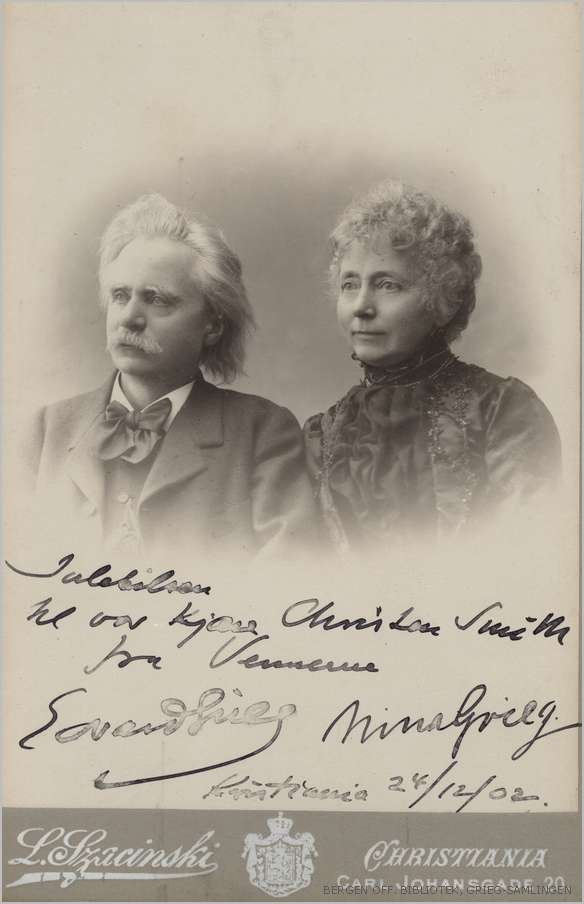
Edvard Grieg with his wife Nina
Information about the article
The author of the text is Paweł Nowak (Communication and Promotion Team, Department of Support Programs, Ministry of Funds and Regional Policy).
The following sources were used to prepare the text:
- The article "5 facts about Edvard Grieg" on the website vialma.com [EN]
- The article "Edvard Grieg - the most famous Norwegian composer" on the blog KierunekNorwegia.pl [PL]
- The article about Edvard Grieg on the website of the Fryderyk Chopin National Institute [EN]
- Several articles in the Polish and English Wikipedia

